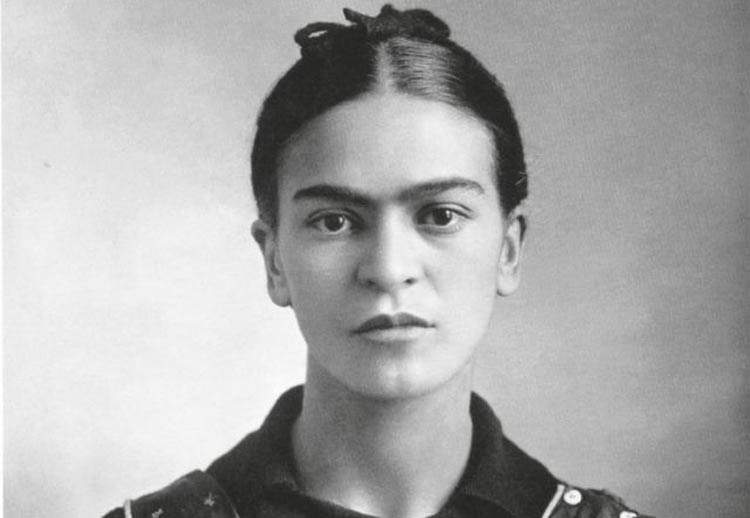Entitled Frida Kahlo. A Life in Pictures the exhibition that the Civic Museum of Sansepolcro is hosting from May 16 until Oct. 13, 2021. The exhibition, sponsored by the Municipality of Sansepolcro and organized by Civita Exhibitions and Museums and Diffusione Italia International Group, displays about 100 shots, most of them original, to reconstruct the events of Frida Kahlo’s (Coyoacán, 1907 - 1954) countercultural life, in search of the motivations that turned her into an international female and pop icon.
Frida’s photos were taken by her father Guillermo during his daughter’s childhood and youth and then by some of the greatest photographers of her era-Leo Matiz, Imogen Cunninghan, Edward Weston, Lucienne Bloch, Bernard Silbertein, Manuel and Lola Alvarez Bravo, Nickolas Muray and others. This “photo album” chases the often painful but always passionate events of a life, as well as Frida’s loves, friendships and adventures. A group of small, very intimate photographs of Frida, taken in polaroid format by gallery owner Julien Levy, is also on display in the exhibition.
The exhibition itinerary aims to reconstruct first of all the context in which her personality was established: it is the Mexico of the early 20th century, traversed by a revolution that changed its history, thanks to humble campesinos and heroic protagonists such as Pancho Villa and Emiliano Zapata. The epic and myth of the Mexican revolution would remain etched in Frida’s mind and shape her indomitable character, fueling her sense of rebellion against bourgeois conventions and the impositions of a highly macho society. Against this backdrop are the events of the Kahlo family. Guillermo, the father, is a professional photographer of German origin who came to Mexico in 1891 and soon fell in love with the country that welcomed him. His work is evidenced by a number of photographs taken on assignment by the Austrian government to document the churches in Mexico erected during the colonial period.
Of mixed blood, German and Mexican, Frida grew up in the myth of a revolutionary Mexico, introjecting all the traits of a free and untamed personality, who found in painting a passionate, visceral language, with strong contents unapologetically autobiographical, with which she told her story without hypocrisy. All his work is a form of self-analysis, in search of his own identity and reason for living. In his many self-portraits he is not afraid to lay bare his own weaknesses and anxieties. Alongside Frida is often portrayed Diego Rivera, the painter and muralist with whom she shared an intense and turbulent relationship that spanned much of her life. But other figures such as Leon Trotsky and André Breton also appear there.
Finally, a number of documents are on display in the exhibition, such as the original catalog of Frida’s exhibition organized by André Breton in Paris, the first “manifesto of revolutionary painting” signed by Breton and Rivera, a photographic documentation of her famous Casa Azul, and a large painting made by Chinese painter Xu De Qi reproducing Las Dos Frida. The exhibition closes with a video that collects the few filmed images of the great Mexican artist. The exhibition catalog, edited by Vincenzo Sanfo, is published by Papiro Art. Reception services in the museum and exhibition are managed by Opera Laboratori Fiorentini. For info visit the Museo Civico di Sansepolcro website.
Photo: Guillermo Kahlo, Portrait of Frida Kahlo after her mother’s death, detail (Mexico, Oct. 16, 1932; gelatin silver print)
 |
| An exhibition in Sansepolcro recounts the life of Frida Kahlo through historical images |
Warning: the translation into English of the original Italian article was created using automatic tools. We undertake to review all articles, but we do not guarantee the total absence of inaccuracies in the translation due to the program. You can find the original by clicking on the ITA button. If you find any mistake,please contact us.